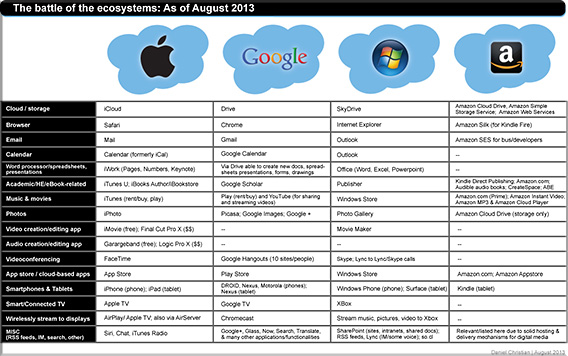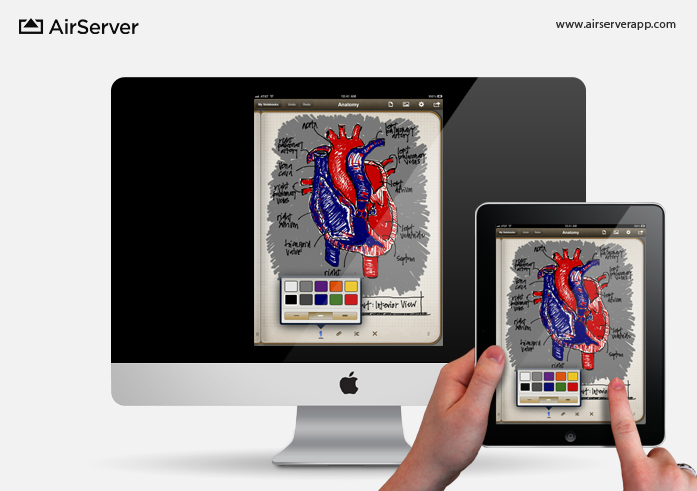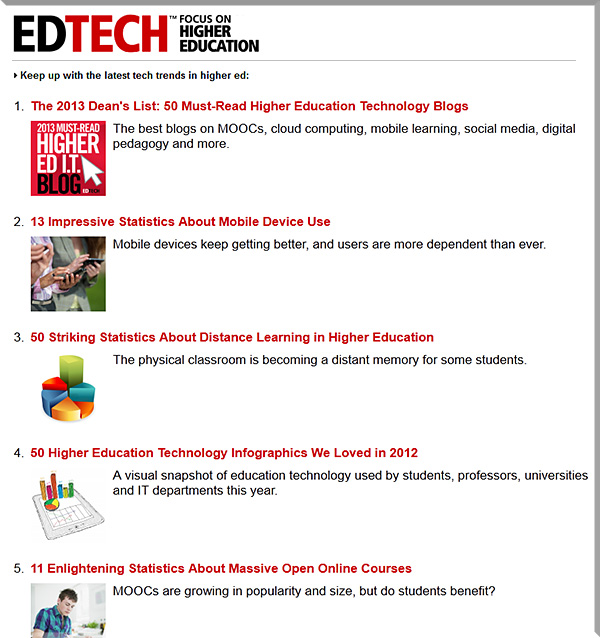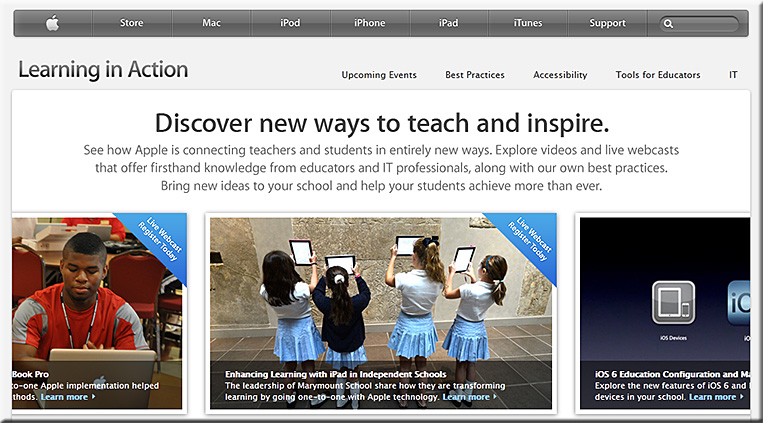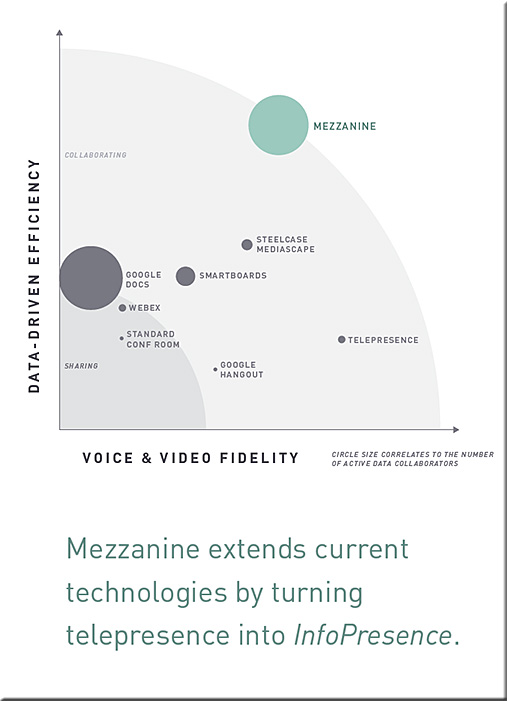Lessons Learned from Apple EdTech Deployments: Part 1 — from avnetwork.com by Tim Kridel
School districts have purchased more than 10 million iPads so far, and colleges such as Abilene Christian University have been using iOS devices for five years or more. All of those deployments add up to plenty of opportunities for schools that haven’t deployed Apple gear to learn what to expect.
This multi-part series looks at some of the lessons learned in terms of security, support, costs and bandwidth. It’s based on interviews with education technology managers who have spent years not only implementing and supporting Apple products, but also often mentoring their peers at other schools.
The first set of questions: What advice would you give to a peer at a school that’s about to add iOS devices? For example, what should they expect in terms of additional burden on the wireless LAN and the IT staff?









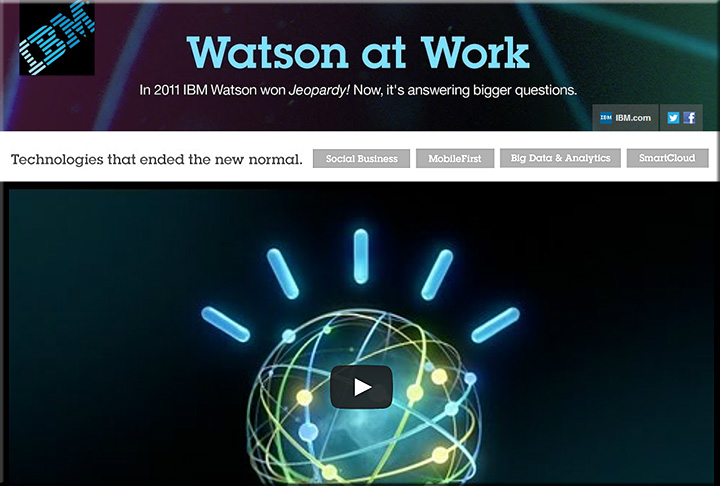
![The Living [Class] Room -- by Daniel Christian -- July 2012 -- a second device used in conjunction with a Smart/Connected TV](http://danielschristian.com/learning-ecosystems/wp-content/uploads/2012/07/The-Living-Class-Room-Daniel-S-Christian-July-2012.jpg)
